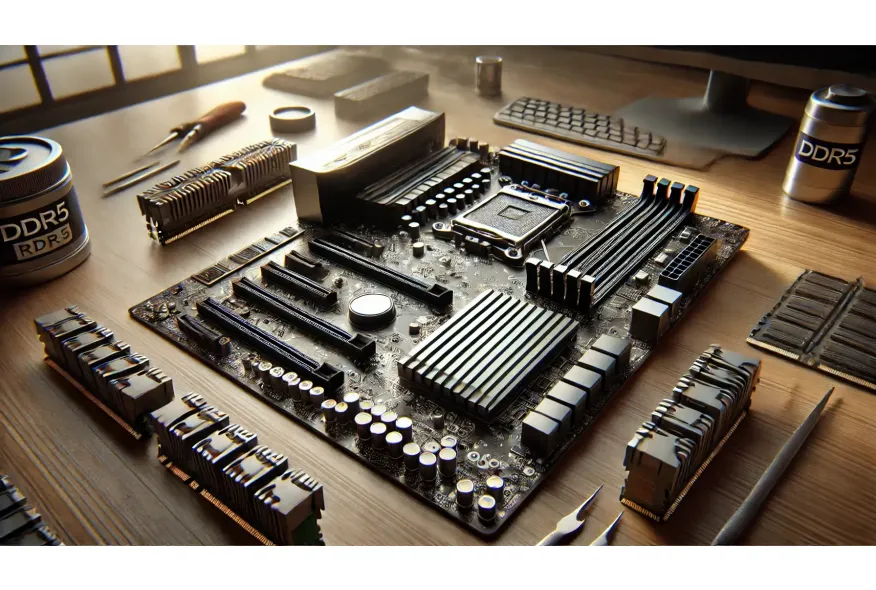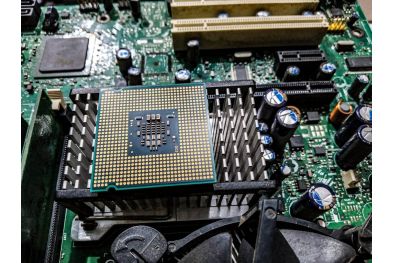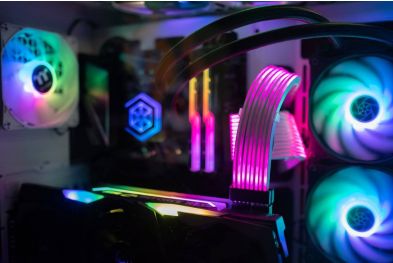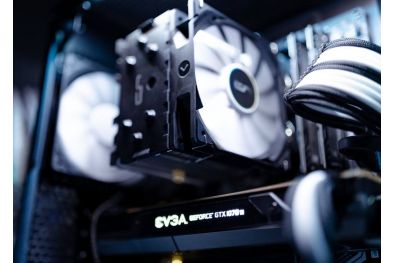DDR5 Motherboards: Is It Worth the Investment in 2025?
What is DDR5 and Why Does It Matter?
DDR5 is the latest generation of memory technology, offering faster speeds, improved bandwidth, and higher efficiency compared to its predecessor, DDR4. Released initially in 2021, DDR5 has gradually become more accessible, especially in 2025. But is upgrading to a DDR5-compatible motherboard really worth it? Let’s dive into the details to help you make an informed decision.
Key Advantages of DDR5 Memory
1. Higher Speeds and Bandwidth
DDR5 offers significantly higher speeds than DDR4, with most mainstream kits starting at 4800 MHz, compared to DDR4's typical 3200 MHz. High-end DDR5 modules can even surpass 8000 MHz, making it a tempting choice for enthusiasts and gamers aiming for peak performance.
2. Increased Capacity Per Module
DDR5 supports much larger memory modules, with capacities of up to 128GB per stick. This is a huge leap from DDR4, where the standard maxes out at 32GB per stick. For creators, video editors, and professional users dealing with memory-hungry applications, this upgrade alone could justify the switch.
3. Improved Power Efficiency
Despite faster speeds, DDR5 operates at lower voltages — around 1.1V, compared to DDR4's 1.2V. This small efficiency gain contributes to cooler operation and lower power consumption, which can make a noticeable difference in systems running 24/7.
Compatibility: Do You Need a New Motherboard?
Motherboards Built for DDR5
To use DDR5, you need a motherboard that specifically supports it. Most motherboards for 12th, 13th, and 14th Gen Intel processors (Alder Lake, Raptor Lake, and Meteor Lake) offer DDR5 compatibility, as do AMD AM5 motherboards designed for Ryzen 7000 and newer CPUs.
DDR4 and DDR5 Are Not Interchangeable
One critical point is that DDR5 and DDR4 slots are physically different. A DDR4 motherboard cannot use DDR5 memory, and vice versa. So if you’re upgrading your RAM to DDR5, you’ll need a new motherboard, and potentially a new CPU if your old one isn’t compatible.

DDR5 vs DDR4 Performance in Real-World Tests
Gaming Performance
For gaming, the difference between high-end DDR4 and entry-level DDR5 is often minimal. Games tend to rely more on CPU and GPU performance than memory speed. However, with faster DDR5 kits (6400 MHz and above), some games — especially simulation and strategy titles — can see a noticeable improvement in minimum frame rates.
Productivity and Content Creation
If you’re working with video editing, 3D rendering, or machine learning workloads, DDR5 can deliver significant performance boosts. The increased bandwidth allows faster data transfers, making DDR5 particularly appealing for heavy multitasking and data-intensive projects.
Future-Proofing
Investing in DDR5 now means you’re preparing your system for the future. As software, operating systems, and games become more optimized for the latest hardware, DDR5 could become a requirement rather than an optional luxury. Buying a DDR5 motherboard in 2025 is a strategic choice if you plan to keep your system for 5+ years.
Cost Analysis: Is DDR5 Worth the Price?
Motherboard Prices
DDR5-compatible motherboards are more expensive than their DDR4 counterparts. Entry-level DDR5 boards start around $150, while high-end models aimed at overclockers and enthusiasts can exceed $500. If you’re building on a budget, this higher cost could be a drawback.
DDR5 Memory Prices
In 2025, DDR5 prices have stabilized significantly compared to their launch period. While still more expensive than DDR4, the price gap has narrowed, and deals are becoming more common. This makes DDR5 a much more attractive option than it was a few years ago.
Total Cost of Upgrade
If you’re upgrading an older system, moving to DDR5 means replacing not just your RAM, but also your motherboard and possibly your CPU. This adds up, especially if you were hoping to reuse some components. However, if you’re building a brand-new PC, starting with DDR5 is a logical choice.
Use Cases: Who Should Invest in DDR5?
Gamers
If you’re a casual gamer with a 1080p setup, DDR5 won’t transform your experience overnight. However, for competitive gamers or those playing CPU-intensive titles like strategy or simulation games, DDR5 can deliver a smoother experience, especially when paired with a high-end CPU.
Content Creators
For video editing, 3D modeling, and creative work requiring large files and fast data access, DDR5 is a smart investment. The combination of higher bandwidth and larger capacity makes DDR5 ideal for creative professionals.
Professionals and Enthusiasts
If you’re building a workstation for programming, data science, or virtual machines, DDR5 offers the future-proofing and performance you need for demanding workflows.
When DDR4 is Still Good Enough
Budget Builds
If you’re on a tight budget, DDR4 still offers fantastic performance at lower prices. Many modern motherboards support DDR4, and pairing it with a powerful CPU and GPU can still deliver an excellent experience.
Upgrading an Existing DDR4 System
If you already have a solid DDR4-based system, upgrading to DDR5 might not provide enough performance boost to justify the cost — unless your workload specifically benefits from the additional memory bandwidth.
Final Verdict: Is DDR5 Worth It?
In 2025, DDR5 motherboards are a smart investment for most new builds, especially for enthusiasts, professionals, and users who want a future-proof system. While DDR4 still holds value for budget-conscious users or those upgrading existing systems, the price-performance ratio of DDR5 has reached a point where it’s the preferred option for anyone starting fresh.
The combination of faster speeds, higher capacity, improved power efficiency, and long-term compatibility makes DDR5 an appealing choice. If you’re building a PC to last, choosing a DDR5 motherboard is no longer just a luxury — it’s a forward-thinking investment.







